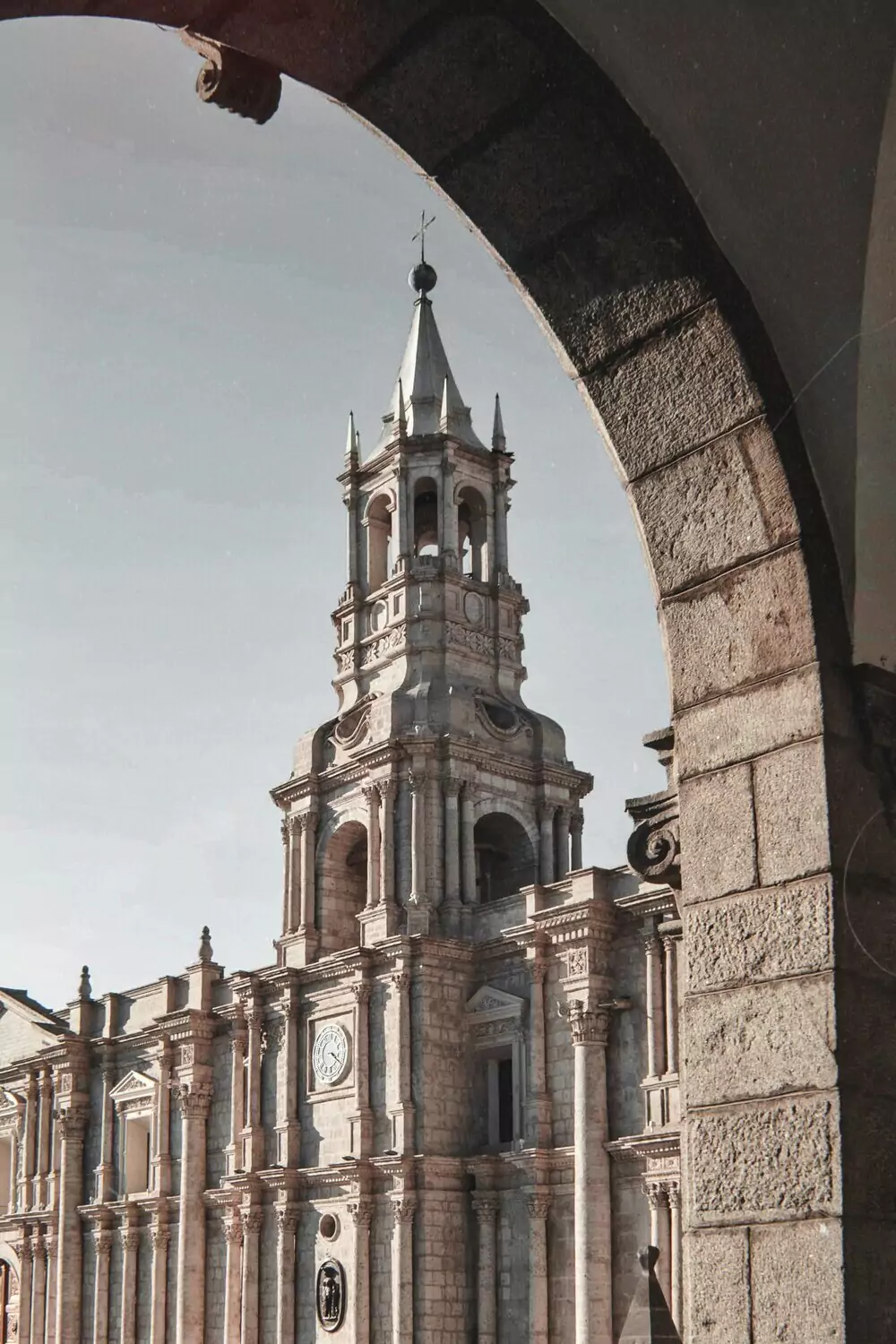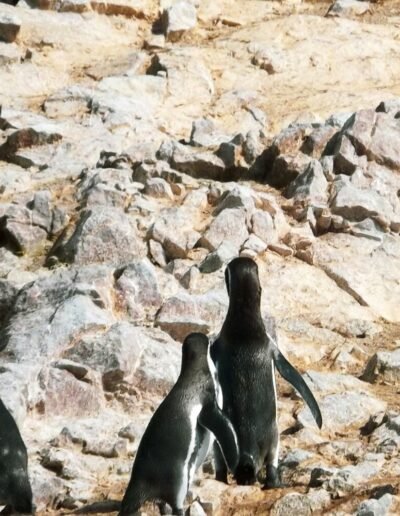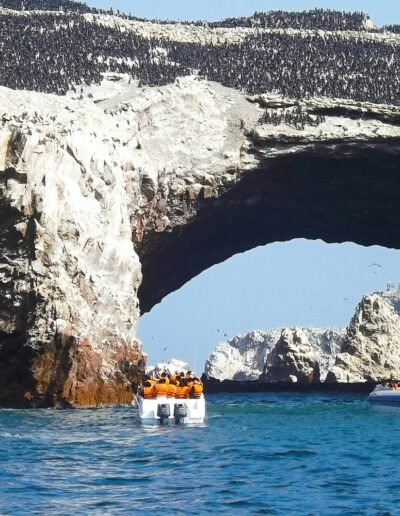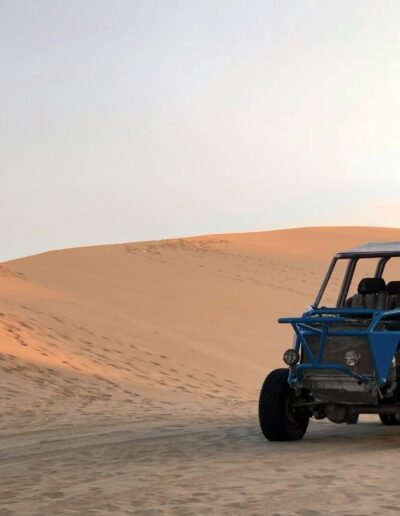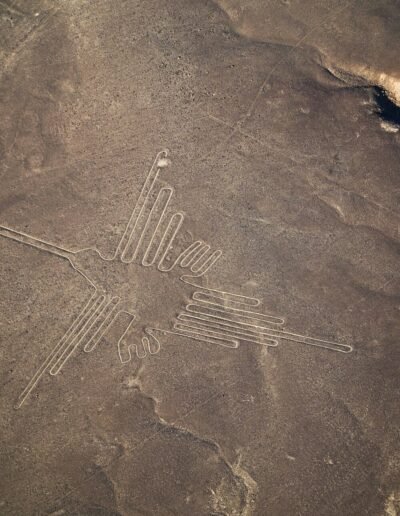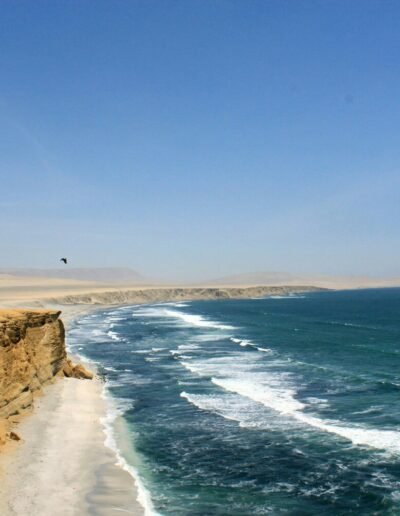HOTELS
ACTIVITIES
WEATHER
GETTING THERE
COMBINE WITH
ALBUMS & STORIES
Peru’s Southern Coastal Region
Despite its dry and barren landscape, Peru’s southern coastal region nurtured some of South America’s most productive cultures. Centuries before the Inca, this plain bloomed with the help of elaborate irrigation systems, producing maize, sweet potatoes, cotton, and cocoa. The Nazca culture created enormous geoglyphs and expressive ceramics. These cultures can be appreciated through the following sites.
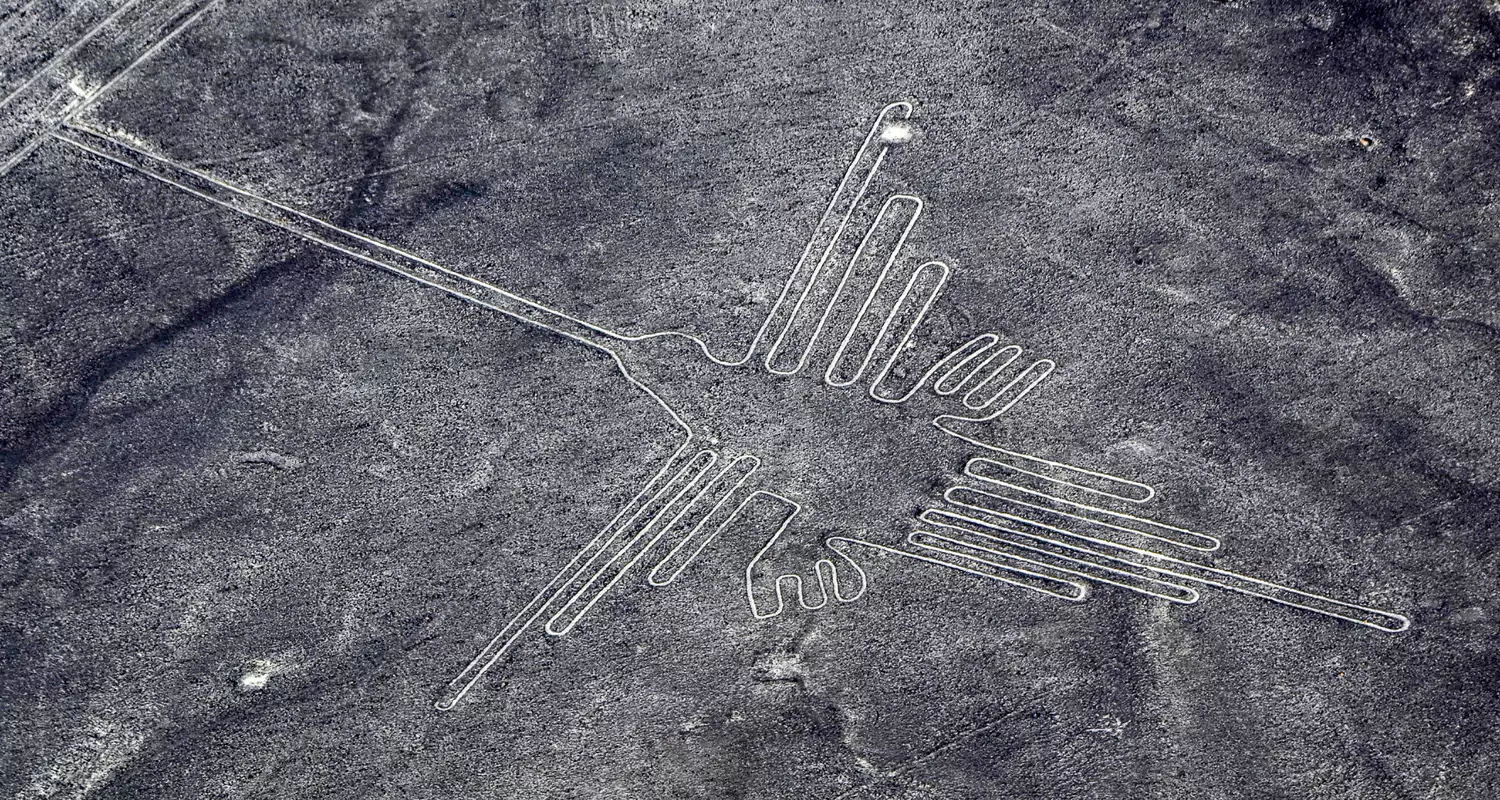
The Paracas National Reserve
The Paracas people are famous for their intricate textiles and complex mummification rituals. Today, coastal Paracas and inland Ica serves as bases for exploring the region’s islands, deserts, dunes, and ancient sites. The Paracas National Reserve—Peru’s only marine reserve—protects coastal plains, geoglyphs, red and orange sand beaches, and a small archipelago—the Ballestas Islands.
“Mini Galapagos” Archipelago
By chartering a boat to the islands of Paracas, guests can observe sea lions, Humboldt penguins, flamingos, boobies, frigates, and dozens of other bird species en masse. Even if you’re not an enthusiastic bird watcher, this “mini Galapagos” is impressive for its quantities.
The Regional Museum of Ica and Huacachina
Approximately 45 miles to the southeast, The Regional Museum of Ica displays mummies, trophy heads, elongated skulls, and knotted-string quipus. Huacachina, an oasis town near Ica, is known for dune surfing and adrenaline-pumping buggy tours. To the southwest of Ica is the Nazca Desert, a high arid plateau.
The Nazca Desert
The rainless Nazca Dessert preserves fragile geoglyphs, created over 1300 years ago. Hundreds of gigantic figures—monkeys, birds, lizards, and insects—mark 350 square miles of desert floor. The patterns are so large that they can only be discerned from the air. Flights can be arranged from Paracas, or Nazca.
The Ocucaje Desert
For even more adventure, head out into the Ocucaje Desert with a paleontologist or archaeologist. This landscape is rich in marine fossils, including several now extinct species of whales. Ancient graveyards also appear among the dunes; it’s not uncommon to see a mummified hand or femur emerging from the sand.
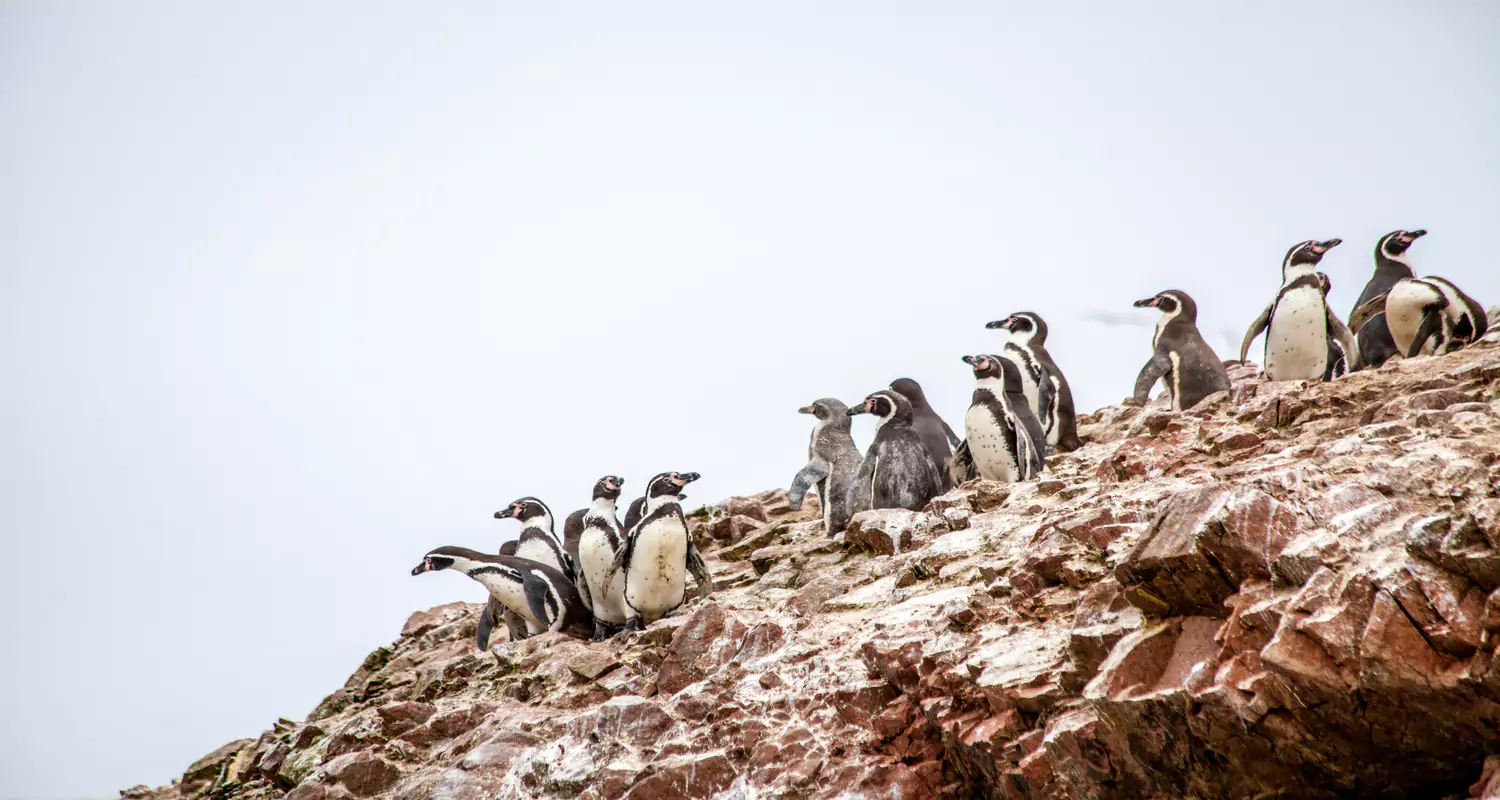
What to do in the Southern Coast and Nazca Lines
Many of our clients spend two nights exploring the Southern Coast and the Nazca Lines, immersing themselves in the region’s unique culture and landscapes. Alongside our trusted local partners LANDED can assist in arranging the following among other signature experiences:
- Flights over the Nazca Lines to view fragile geoglyphs
- Dune buggy excursions
- Museum visits
- Boat charters
- Sand Boarding
- Pisco tasting
- Desert picnics
What is the Weather Like?
The climate in Peru’s Southern Coastal Region, particularly in areas like Paracas, Ica, and the Nazca Lines, is defined by a dry, desert-like environment. Rainfall is extremely scarce throughout the year, with most months experiencing virtually no rain at all. The driest period stretches from April to November, where rainfall is nearly non-existent. Coastal fog, or “garúa,” can occur, especially in the winter months, creating overcast conditions without bringing significant precipitation. Humidity remains moderate, generally ranging from 60% to 80%, but the overall air is quite dry.
Temperatures in this region are fairly stable year-round. Daytime highs typically range from 70°F to 80°F, with the warmest months being December through March. Nights are cooler, with temperatures usually in the 50s°F, and the coldest months are from June to August.
No matter when you visit, the weather in this area can surprise you. Mist and rain can be present at any time of the year. These averages are changing, please check extended weather forecasts using your favorite weather app prior to departure.
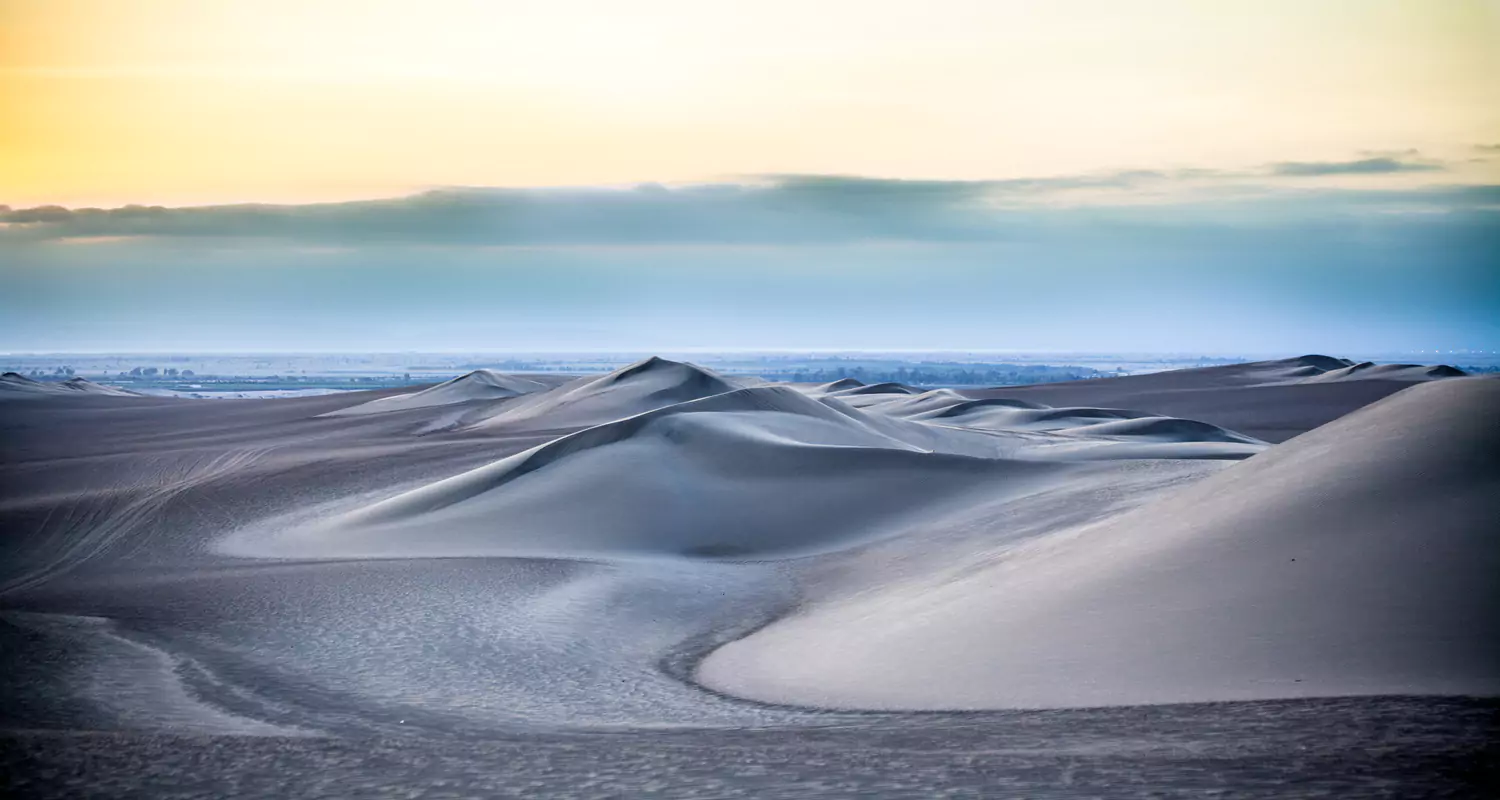
Getting There
The Southern Coast and Nazca Lines are most commonly reached by private transport from Lima. This drive typically has a duration of three and a half hours.
Start your journey today
LANDED delivers the finest in custom, private travel to Central America, South America, and Antarctica. These regions are our passion; we know them first-hand and by heart. Speak with one of our travel designers and let us create a tailored itinerary for you in the Southern Coast and Nazca Lines.
How to combine the Southern Coast and Nazca Lines
Have some extra time? Here are some options for you to combine with
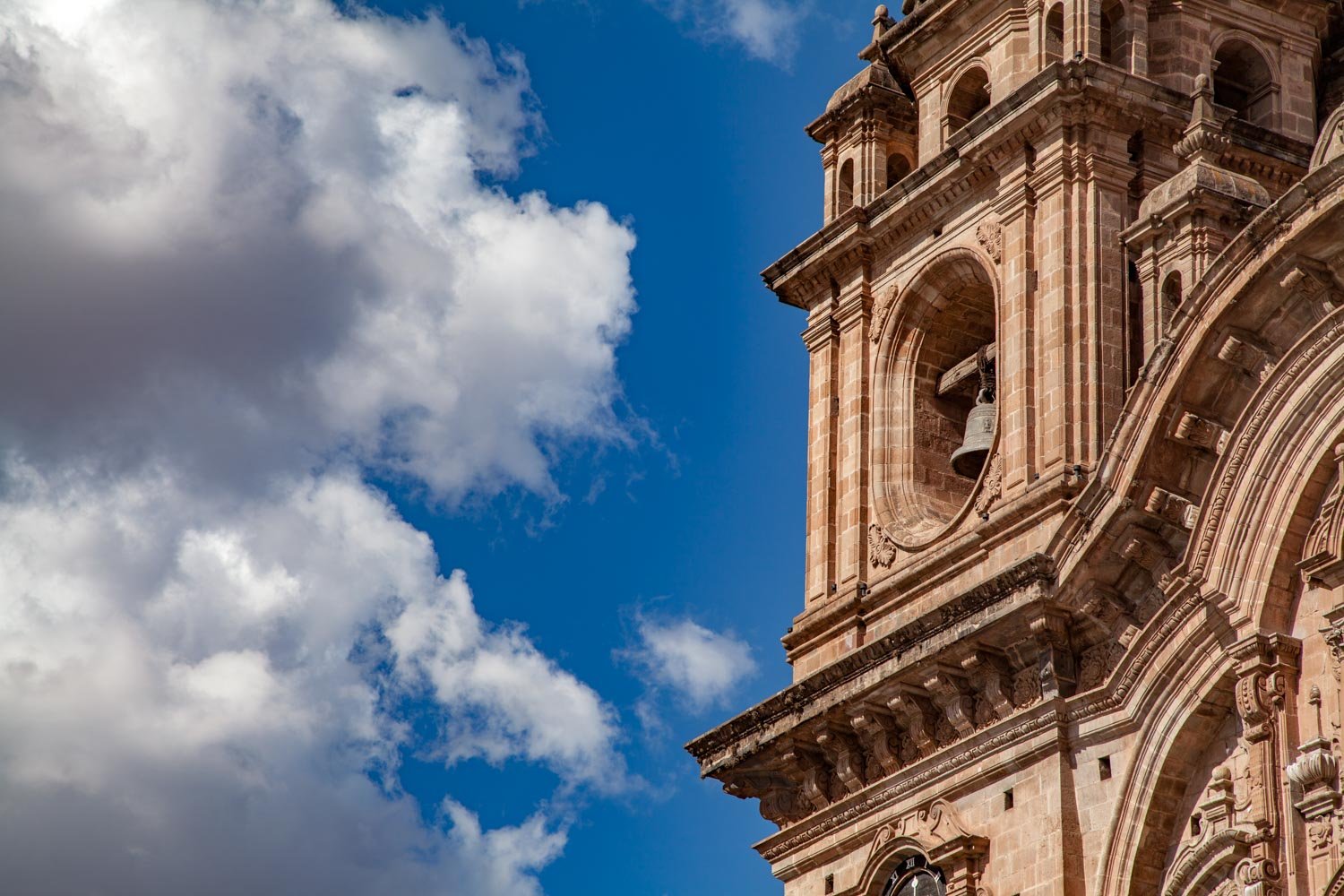
Cusco
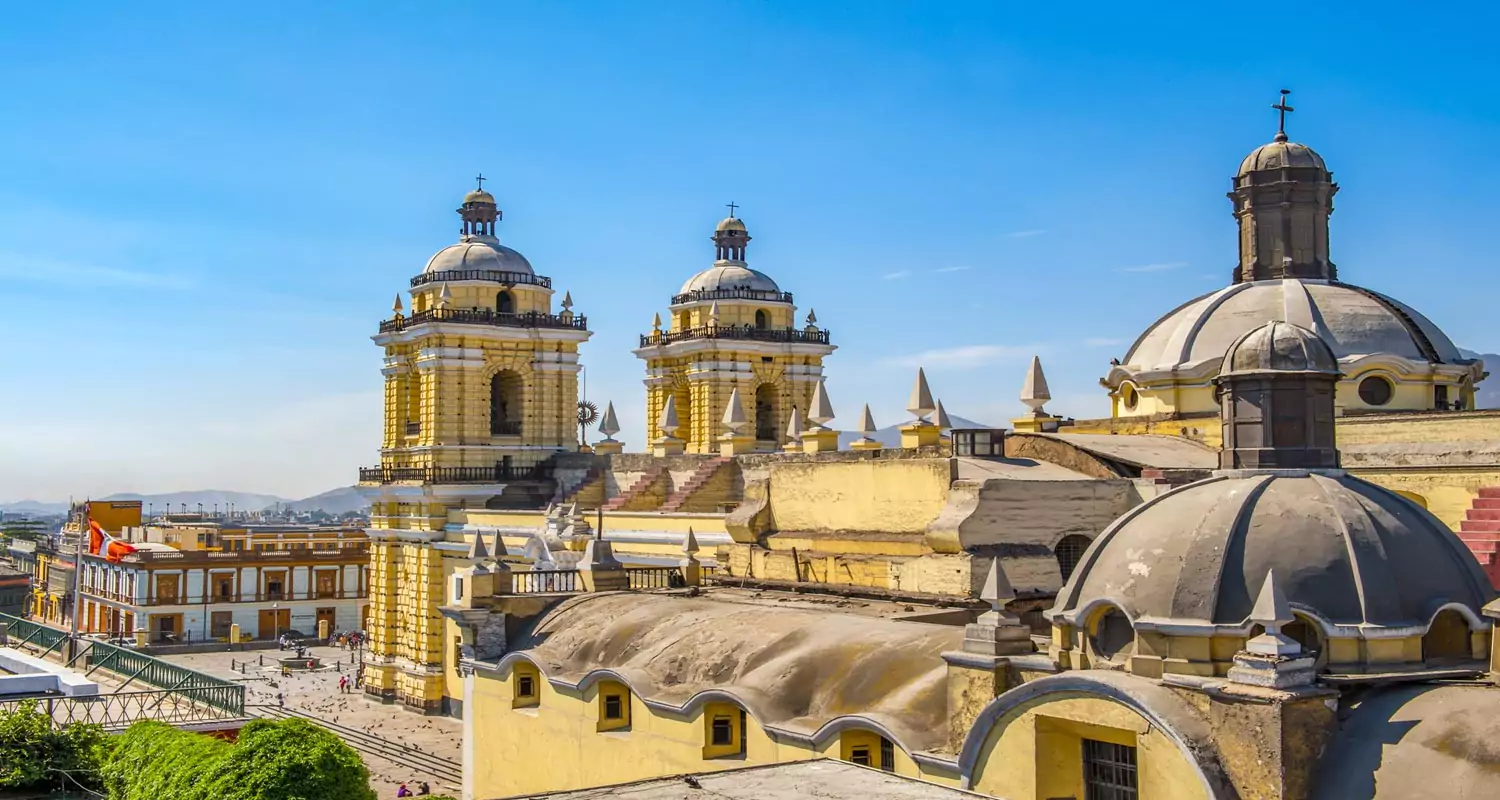
Lima
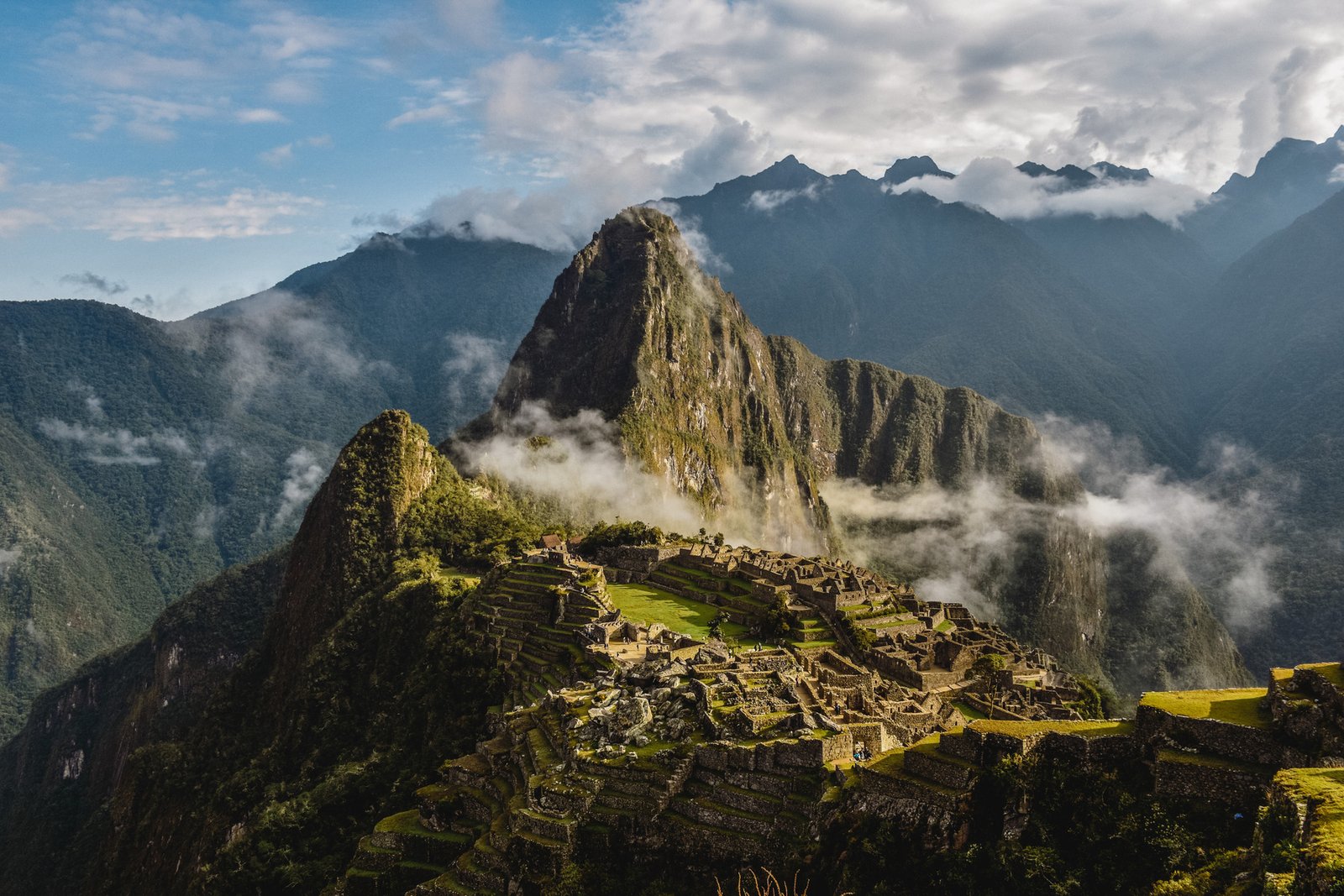
Machu Picchu
